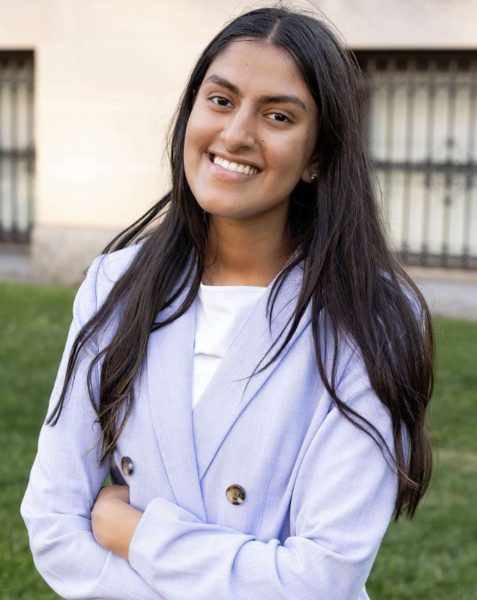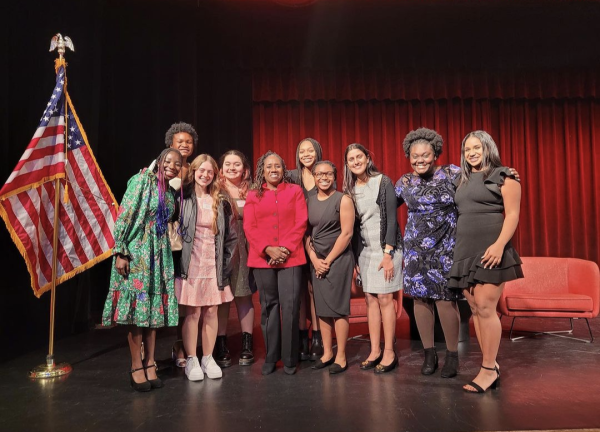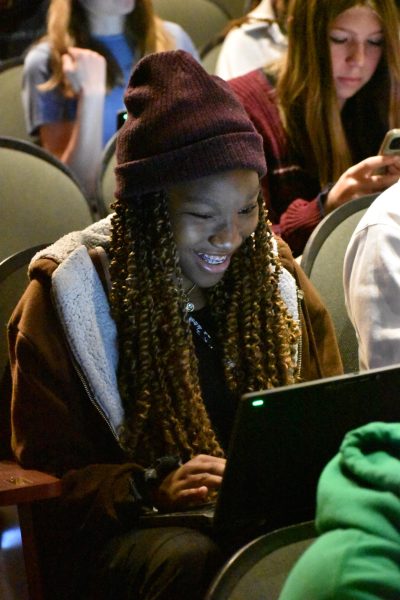Remote or blended learning? There is no perfect choice
December 16, 2020
Students have spent many hours determining which learning method they would benefit from more: complete remote learning or blended learning. With this decision being final until further notice, they had to make sure they made the best decision for themselves.
Although the semester of blended learning was cut short due to the spike in positive cases in McLean County, it is very possible that students will return to a blended learning schedule in spring.
Many pioneers chose blended learning due to a variety of factors, whether that might include needing to transport siblings or what year they are set to graduate in.
Senior Camdyn Barclay said being a senior was an important part of his decision to participate in blended learning.
“The only reason I had really wanted to partially attend in school learning was because these are the last times I will walk though U-High as a student, and I won’t ever get this chance again,” Barclay said.
For many students in the class of ‘21 this is the factor that has most driven them to pick the blended learning option, especially as they witnessed what the class of ‘20 went through. Still others made the choice based on health risks in person learning posed to their family.
“I had to choose all remote learning because I have family members that are high risk,” senior Kerrigan Epley said. “I take the pandemic seriously and my family is a priority over school. Although after seeing what the previous senior class went through I would have liked to try doing blended learning.”
With the choice of blended or remote learning there are some obstacles as the school community is still learning and determining the best ways for students to continue learning as seamlessly as possible.
Freshmen have had a more difficult task, coming into a whole new environment as well as having to deal with a new concept of learning they’ve never experienced before.
Freshman Olivia Patton, who opted to stay fully remote, said that the middle school experience and interaction with teachers has been very different from the one in high school.
“Teachers are there when I need help,” Patton said. “But they do not reach out to make sure everything is okay. This could be something that stops happening after middle school, or it could be because they also have a lot going on. It’s challenging to determine which of those could be causing this problem.”
However, Patton said she chose to stay fully remote because she does have more years ahead of her at U-High.
“I wanted to experience online learning even though I now know it’s not for me,” Patton said.
Choosing to learn remotely has not come without technological difficulties.
Epley observed that his computer, now four years old, has had a number of glitches.
“My internet is slow. I take a speech and debate class which requires audio during my final which I just took. Halfway through my audio cut out. I think that speaks for itself,” Epley said.
He added that online learning has affected him negatively due to the time spent on screens for school work alone,
“It is impossible for me to complete all work,” Epley said, noting that he spends eight hours daily online. “I think this is intolerable. Even in normal school I felt as though we are on our computers way too much. I think it goes without saying that our adaptation of school to online learning is very clearly unhealthy.”



